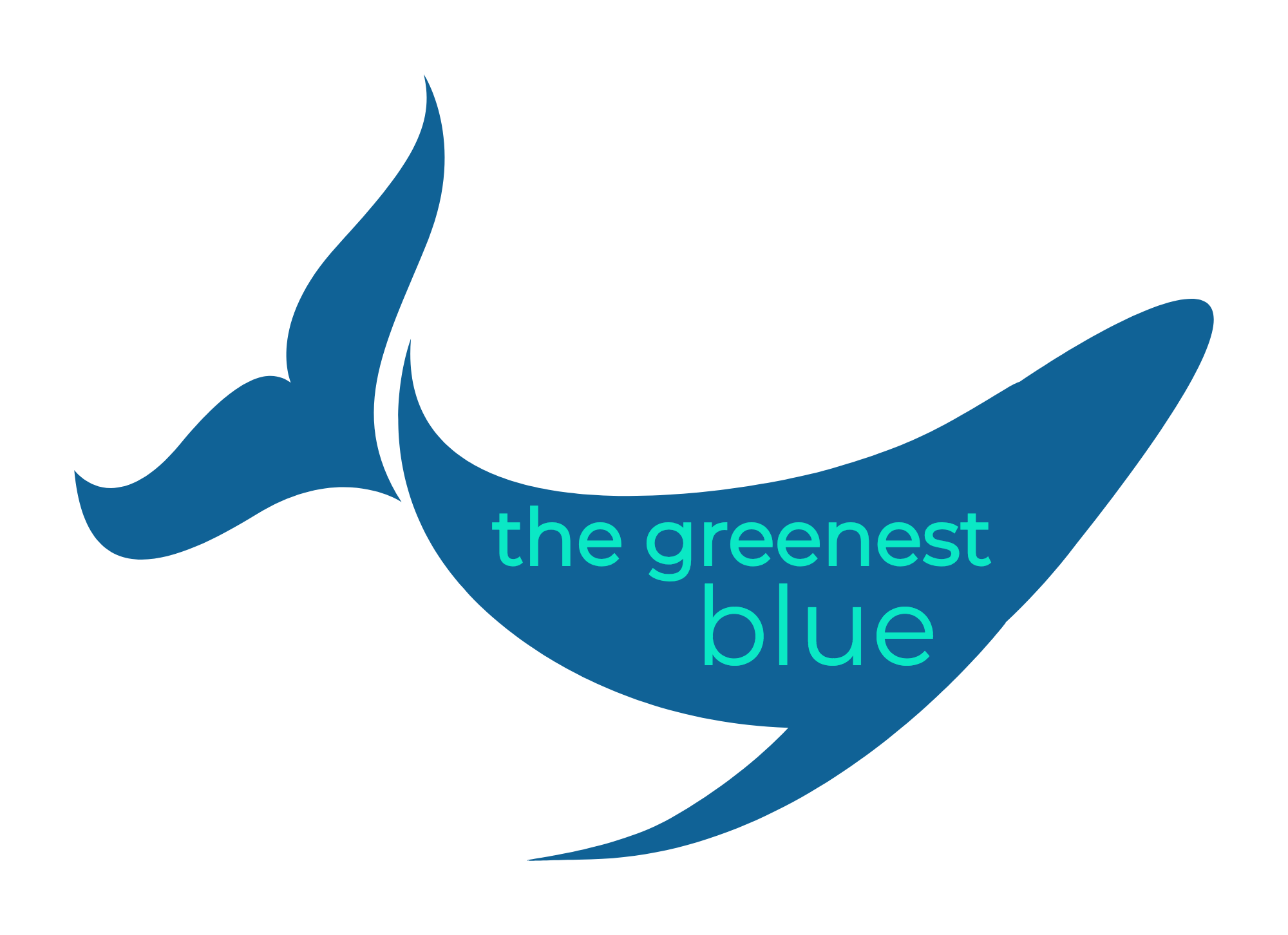Ah, the blissful Salish Isles. Home to one of the most productive ecosystems on the planet, this part of the world is a marine lover’s paradise. Therefore, my paradise. San Juan Island is the most populous and second largest of the 172 named islands in this area, and it’s my favorite place on the planet. I feel like I’ve gotten to know this little gem of an island pretty well over the last few years. I’m in no way claiming to be a local or a full-timer, but I've spent three summers here and have sprinkled in numerous other visits over the last five years. And being a gal with a hearty appetite and a love of good planty food, I’ve done my fair share of culinary exploring. The low population means that there isn’t a huge variety of vegan restaurants - or any other type of restaurant, for that matter. But the type of people that are drawn to live here tend to open some top-notch dining establishments with a real farm-to-table flair. Although seafood reigns king on most of the locavore menus, you’ll still find plant-based delights galore - especially during the summer.
Read MoreI knew what field I wanted to work in (marine tourism) and did some research with contacts and friends who had traveled NZ before, eventually deciding I wanted to try and work in Kaikoura. It was touted as the marine mammal hotspot of the country, and my good friend Fi (who I actually had never met in person until moving to NZ) was working there. It seemed perfect!
Applications were sent. Bank accounts were opened. Cars were purchased. A room was rented. Interviews were had. And then, there I was, employed as a dolphin swim guide in this beautiful little seaside town. The company I worked for is Dolphin Encounter Kaikoura, the only dolphin swim company in Kaikoura and arguably one of the most well-organized operations. I might be biased, but I think Kaikoura is the place to swim with wild dolphins. See why I believe it’s ethical here!
Read MoreThe ocean is full of incredible creatures, many of which the average person will never lay eyes on in their lifetime. Although about 40% of humans live within 100 km of the coast, there's still plenty of us who spend our days without seeing, or thinking about, the big blue. It's easy to feel disconnected from something that we simply don't see every day. Is this why the ocean's health often slips from the list of factors that affect our day-to-day lifestyle choices? In my perfect world, the health of the sea would be at the forefront of everyone's mind when they make any decision that involves sustainability and conservation. But it's not always so. Not everyone can live by the ocean. Not everyone wants to live by the ocean. Not everyone realizes that our health and wellbeing is intimately tied to the wellbeing of the sea. This is why it is important to give reminders of why the ocean is an incredible gift — not to mention essential for our survival as a species — and why it deserves respect and protection.
Read More



